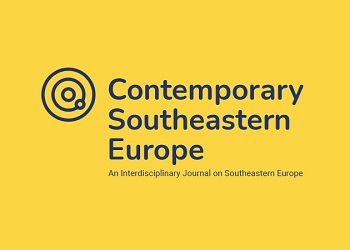Key Lessons of the 2017 Local Elections in Croatia
Key Lessons of the 2017 Local Elections in Croatia
Author(s): Marijana Grbeša, Berto ŠalajSubject(s): Electoral systems
Published by: Universität Graz
Keywords: Local Elections in Croatia (2017);
Summary/Abstract: The local elections in Croatia were held on 21. May 2017,1 in very turbulent political circumstances caused by the collapse of an unstable governing coalition between the ruling Croatian Democratic Union (HDZ) and the populist party The Bridge (Most). The troubled marriage between these two parties dates back to the 2015 parliamentary elections, when the newly established Most, led by Božo Petrov, the mayor of the small southern town of Metković, unexpectedly won 19 parliamentary seats.2 The media hailed them for achieving “what the third parties have been failing to do for the past 15 years,” calling them “a sensation” and “the real winners” of the 2015 parliamentary elections. Since neither of the two major parties (the Social Democratic Party (SDP) and the Croatian Democratic Union (HDZ)) won the necessary majority to form a government, Most used its newly acquired blackmail potential to side with the conservative HDZ and decide the winner of the election. Most seemingly conditioned its support on the implementation of “reforms,”
Journal: Contemporary Southeastern Europe
- Issue Year: 4/2017
- Issue No: 1
- Page Range: 97-104
- Page Count: 8
- Language: English

